Understanding your Seat Leon’s dashboard warning lights is essential for safe driving and preventing costly repairs. These lights use a color-coded system to indicate urgency, helping you respond appropriately to potential issues. Below is a comprehensive list of all major warning lights, categorized by color and severity.

Quick Navigation
Red Warning Lights (Stop Immediately)
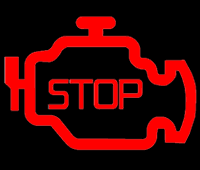
Require immediate action to prevent damage or accidents.
Brake Fluid Level

Indicates low brake fluid or a brake system fault. Stop driving immediately; check fluid levels or seek professional help.
Engine Oil Pressure
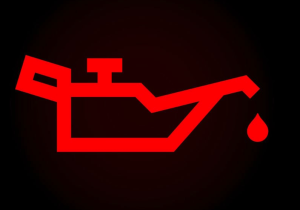
Signals critically low oil pressure. Pull over safely, turn off the engine, and check oil levels. Do not drive until resolved.
Engine Coolant Temperature

Warns of engine overheating. Stop driving, turn off the engine, and allow cooling. Check coolant levels or contact assistance.
Steering Fault

Indicates severe steering system failure. Park immediately and seek professional repair; continued driving is unsafe.
AdBlue Level (Red)

Means AdBlue fluid is too low to restart the engine. Refill immediately or risk being stranded.
Airbag System

Alerts to airbag or seatbelt tensioner faults. Have the system inspected immediately by a workshop.
Battery Charge
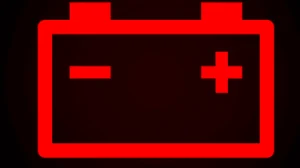
Shows alternator failure or battery discharge. Drive to a garage promptly; the car may not restart.
Gearbox Fault
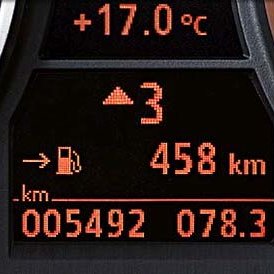
Signals severe clutch or transmission issues. Stop driving and seek technical assistance.
Electronic Parking Brake Fault
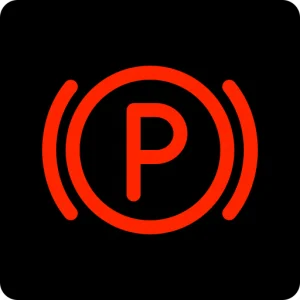
Appears if the handbrake malfunctions. Release the brake manually; if light persists, service urgently.
Warning Triangle

Indicates an urgent system message. Check the dashboard display and follow instructions.
Engine Overheating
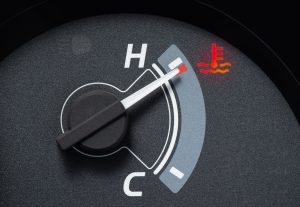
Flashing light means cooling system failure. Do not drive; engine damage may occur.
ABS Failure
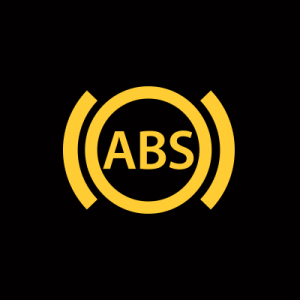
Alerts to anti-lock brake system faults. Drive cautiously to a mechanic for inspection.
Electronic Stability Control (ESC) Fault
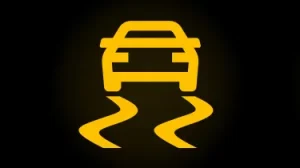
Signals ESC or ABS disconnection. Requires specialist attention soon.
Amber/Yellow Warning Lights (Action Required Soon)
Need prompt attention but are not immediately critical.
Lightbulb Failure

Indicates an exterior bulb is defective. Replace soon to comply with road safety laws.
Glow Plug (Flashing)

Signals engine management faults in diesel models. Schedule garage diagnostics.
Engine Temperature (Amber)
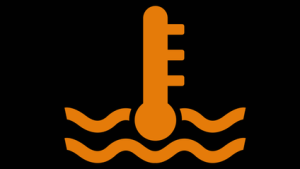
Engine is running hot. Pause driving to allow cooling.
AdBlue Level (Amber)
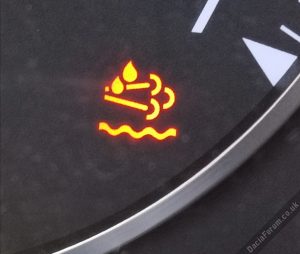
AdBlue is low. Refill soon to avoid engine startup issues.
Emission Control System

Fault in exhaust or emissions system. Drive moderately and schedule a workshop visit.
Tire Pressure (TPMS)

Low tire pressure detected. Check and inflate tires soon; inspect for damage.
Brake Pads Worn

Front brake pads require replacement. Arrange service promptly.
Door Open

A door or trunk is ajar. Secure properly before driving.
Seat Belt Reminder

Seat belts are unfastened. Buckle up immediately.
Low Fuel
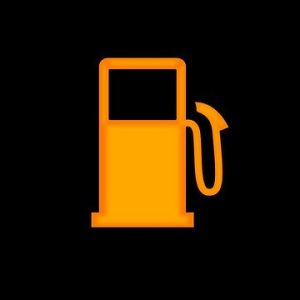
Fuel level is critically low. Refuel soon to avoid breakdown.
Service Adaptive Cruise Control
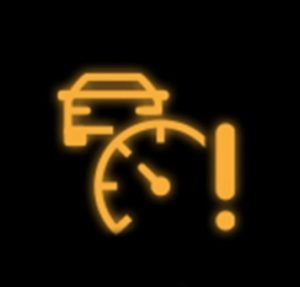
System fault detected. Seek repair if infotainment instructions fail.
Service Stop-Start System
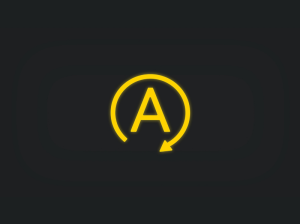
Engine auto-stop malfunction. Schedule diagnostics.
Green Indicator Lights (Information Only)
Show active systems and require no action.
Front Fog Lights

Front fog lamps are on. Use in low-visibility conditions.
Headlight On

Headlights are active. Ensure proper use during darkness.
High Beam

High-beam headlights are engaged. Dim for oncoming traffic.
Lane Keep Assist
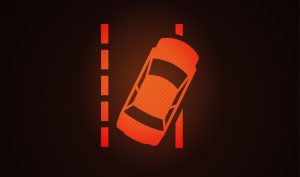
System is active. Helps steer within lanes during driving.
Rear Fog Lights

Rear fog lamps are on. Improve visibility in fog for trailing vehicles.
Turn Signal
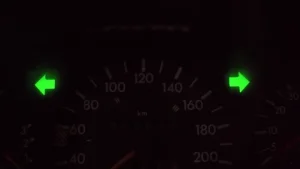
Indicates active left or right turn signals. Automatically cancels after turns.
Eco Mode
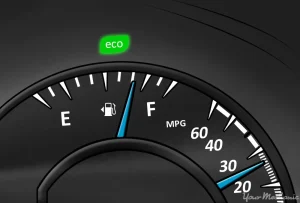
Fuel-saving mode is enabled. Optimizes performance for efficiency (common feature).
Rear Defogger

Rear window defogger is operating. Clears condensation for visibility.
Traction Control

System is actively managing wheel slip. Enhances stability on slippery roads.

